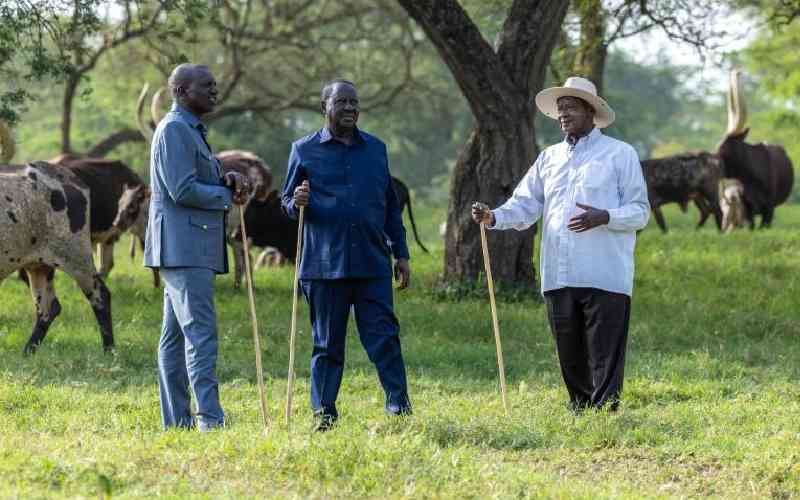By MACHARIA KAMAU
The contribution of manufacturing to the economy has stagnated at 10 per cent over three decades. This is according to the Kenya Economic Report 2013 by the Kenya Institute of Public Policy Research and Analysis (Kippra).
Between 2008 and 2012, the sector only grew by a mere 3.16 per cent. With the slowed growth, the sector is not providing enough quality jobs.
Kippra says the number of wage employment in the sector increased by a mere 0.4 per cent from 276,900 employees in 2011 to 277,900 employees in 2012.
“This unfavourably compares with 3.4 per cent employment growth between 2010 and 2011. The sector’s contribution to total wage employment has actually gradually worsened from 13.9 per cent in 2008 to 12.9 per cent in 2012,” Kippra said.
The sector is predominantly agro-processing, with manufacture of food, tobacco, beverages and textile accounting for over 34 per cent of total sectoral value added.
This contrasts with newly industrialised countries where food manufacture constitutes a small share, with manufacture of chemicals, electronics and machinery constituting over 40 per cent of total value added.
Kippra, a quasi-public think-tank, said in the report that the performance of the sector is greatly affected by erratic weather patterns.
“The sector grew by 3.1 per cent in 2012 compared to 3.4 per cent in 2011. The weak performance is attributed to high costs of production, stiff competition from imported goods, high costs of credit, drought incidences during the first quarter of 2012, and uncertainties due to the 2013 general elections,” says the report.
Also, the influx of counterfeits and volatility in international oil prices also affected the performance of the sector. Although value addition to the sector increased from Sh292.4 billion in 2011 to Sh316.7 billion in 2012, its contribution to GDP declined from 9.6 per cent in 2011 to 9.2 per cent in 2012.
Combat counterfeits
Kenya’s exports under AGOA are about 0.8 per cent, comparing favourably with Tanzania, Uganda and Ethiopia, each having a share of less than 0.3 per cent. However, it compares unfavourably with Angola (20 per cent) and South Africa (17 per cent).
Kenya’s share of manufacturing in total merchandise exports is 35 per cent compared to South Africa (47 per cent), Malaysia (67 per cent) and Singapore (73 per cent).
“This indicates ample opportunities for Kenya to increase the share of manufacturing exports,” Kippra says, adding that to revitalise the performance of the sector, policy incentives geared towards high-value manufacturing, inter-firm linkages and enhanced FDI should be encouraged.
To combat counterfeits, regional efforts to establish harmonised anti-counterfeit laws should be expedited.
Stay informed. Subscribe to our newsletter
“To address costs of production, enhanced investments in alternative energy sources including geothermal, wind and solar energy are vital. This should be corroborated by addressing other factors contributing to the high cost of doing business, such as infrastructure and contract enforcement,” the think-tank said.
 The Standard Group Plc is a
multi-media organization with investments in media platforms spanning newspaper
print operations, television, radio broadcasting, digital and online services. The
Standard Group is recognized as a leading multi-media house in Kenya with a key
influence in matters of national and international interest.
The Standard Group Plc is a
multi-media organization with investments in media platforms spanning newspaper
print operations, television, radio broadcasting, digital and online services. The
Standard Group is recognized as a leading multi-media house in Kenya with a key
influence in matters of national and international interest.
 The Standard Group Plc is a
multi-media organization with investments in media platforms spanning newspaper
print operations, television, radio broadcasting, digital and online services. The
Standard Group is recognized as a leading multi-media house in Kenya with a key
influence in matters of national and international interest.
The Standard Group Plc is a
multi-media organization with investments in media platforms spanning newspaper
print operations, television, radio broadcasting, digital and online services. The
Standard Group is recognized as a leading multi-media house in Kenya with a key
influence in matters of national and international interest.








